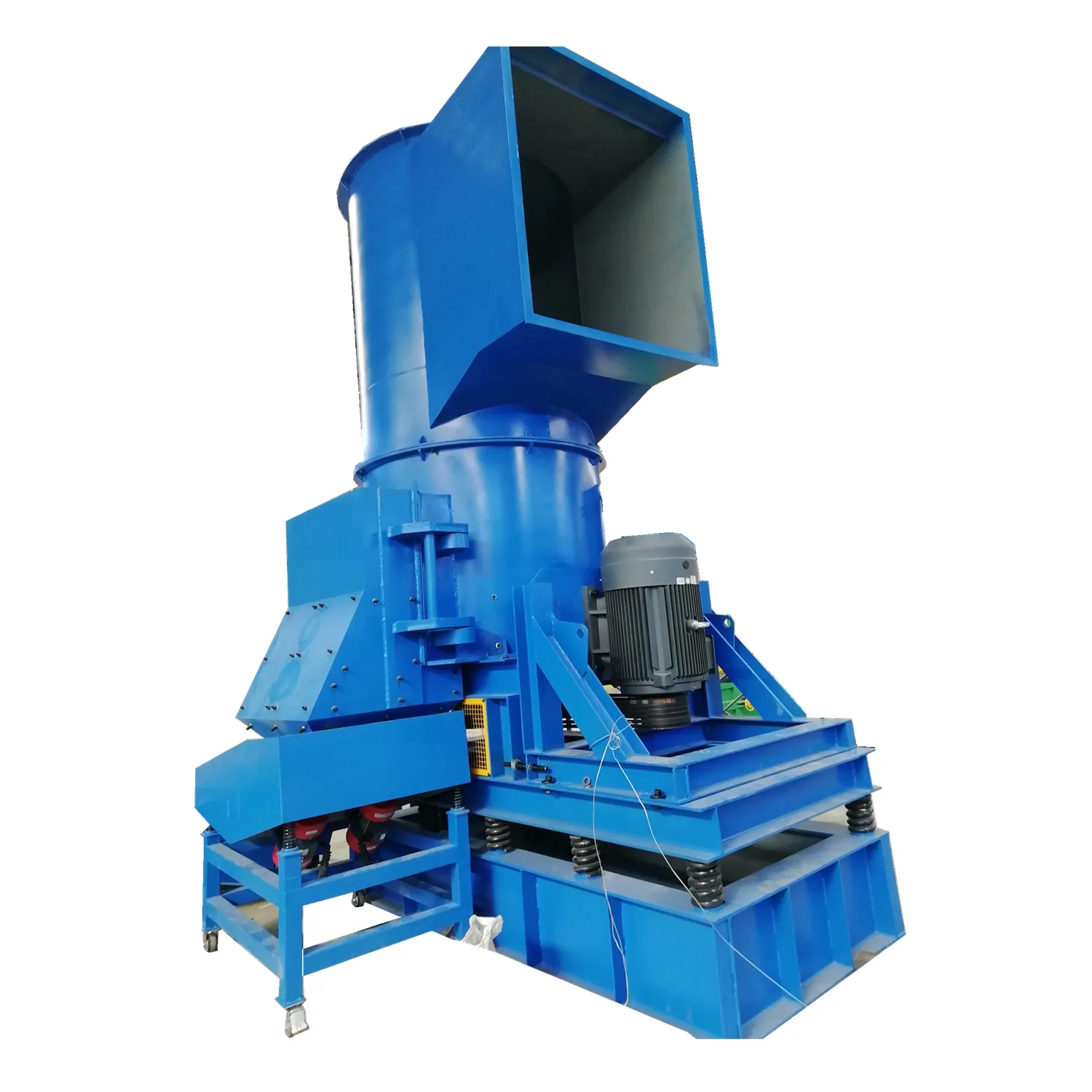Shredder scrap prices play an essential role in the recycling industry, impacting decisions for businesses, scrap yards, and individuals alike. Understanding the dynamics of these prices is crucial for making informed choices, maximizing profitability, and contributing to sustainable practices. This article delves into insider knowledge and expert insights on how shredder scrap prices are determined and what factors play into their fluctuation.

With over two decades of expertise in the recycling sector, I've watched firsthand how shredder scrap prices can impact the industry's economy. These prices are influenced by a variety of factors, including market demand, quality of material, and global economic conditions. What many may not realize is that the intricacy of pricing extends beyond simple economic principles, folding in elements like technological advancements, government policies, and environmental concerns.
One core aspect that determines shredder scrap prices is the type of material being recycled. Ferrous metals, such as steel and iron, tend to dominate this market due to their widespread use and the relatively straightforward recycling process. Yet, non-ferrous metals, like aluminum and copper, often fetch higher prices due to their value and the complex processing they require. An alloy’s specific composition and purity levels can also result in price variations. Therefore, accurate grading and sorting are invaluable skills within the industry, ensuring maximum returns.

The expertise required for understanding and predicting shifts in shredder scrap prices can often feel like juggling multiple variables simultaneously. Technological developments in shredding equipment can enhance efficiency in extracting pure metal from scrap, which in turn can stabilize or potentially lower costs. From hydraulic shredders to high-speed rotor designs, innovations are continually evolving, and staying abreast of these advancements can aid businesses in optimizing their own processes.
Authoritativeness in predicting shredder scrap prices involves analyzing economic indicators and trends. For instance, construction booms or contractions directly influence demand for raw materials,
subsequently affecting scrap prices. Additionally, international trade policies can introduce tariffs or restrictions, making export shipping either a flourishing opportunity or a cumbersome hurdle. Maintaining a global perspective is critical for forecasting and adapting to these changes.
shredder scrap prices
Trustworthiness is built by relying on credible market data and fostering transparent relationships within the recycling chain. Robust networks with suppliers, brokers, and end-users ensure constant access to the most current information. Reliable data sources like industry reports, governmental analyses, and trade publications provide a backbone for knowledgeable decision-making. Though intuition and experience are closely tied to expertise, a foundation of factual data emboldens trustworthy practices.
The environmental angle cannot be overlooked when discussing shredder scrap prices. Sustainable practices and tighter regulations may drive recycling demand upward, as industries strive to minimize their carbon footprints. Being environmentally conscious not only appeals to consumers but is often incentivized through government-supported programs, which can indirectly support stable pricing.
For businesses and individuals involved in scrap trading, understanding these complex dynamics can spell the difference between thriving in the market and falling behind. Engaging with experts, attending industry conferences, and participating in forums can provide valuable insights and foster a knowledge-sharing platform.
Finally, it's worth noting that while tips and general trends can guide expectations, shredder scrap prices still carry an element of unpredictability. Staying adaptable and maintaining a diversified approach ensures resilience against unforeseen market shifts.
Navigating the landscape of shredder scrap prices requires a comprehensive understanding of its multifaceted nature. With a keen eye on technological innovations, a grasp of economic trends, and a commitment to sustainability, stakeholders can successfully maneuver through this vital sector. This expertise not only bolsters profitability but underscores a commitment to responsible recycling and environmental stewardship, positioning businesses as leaders in a rapidly evolving field.


